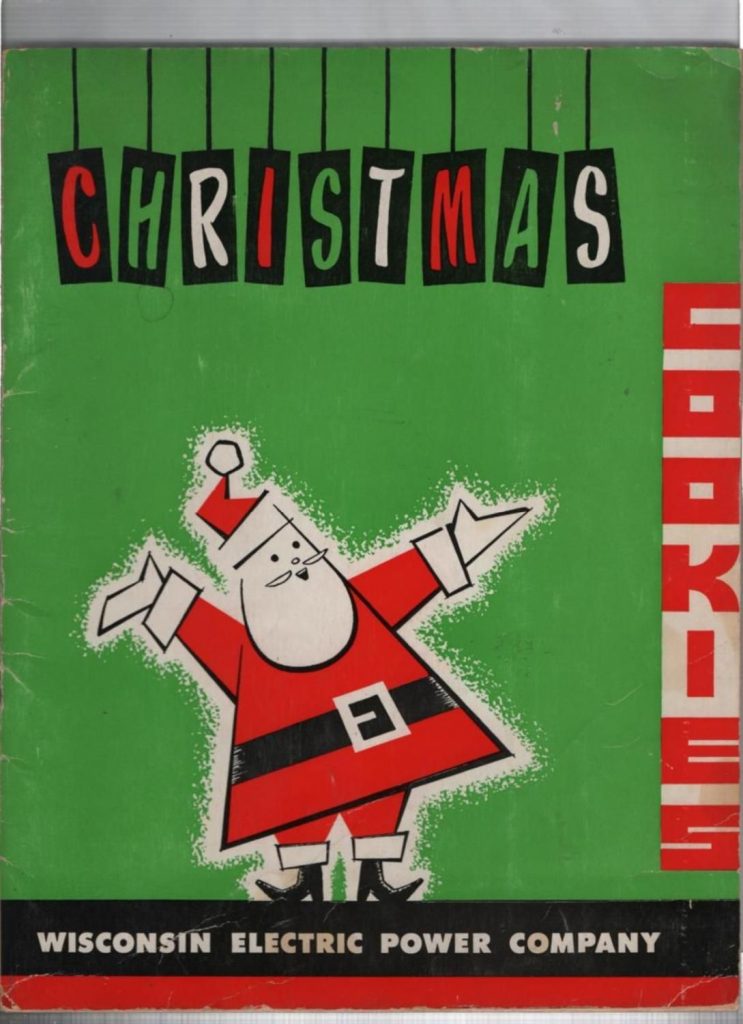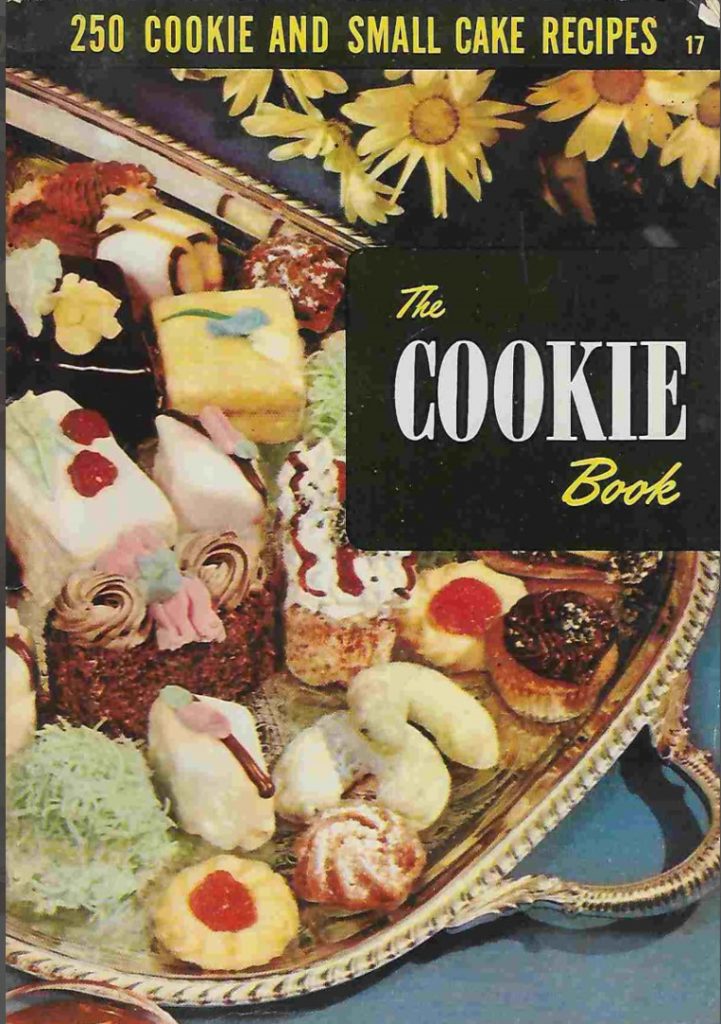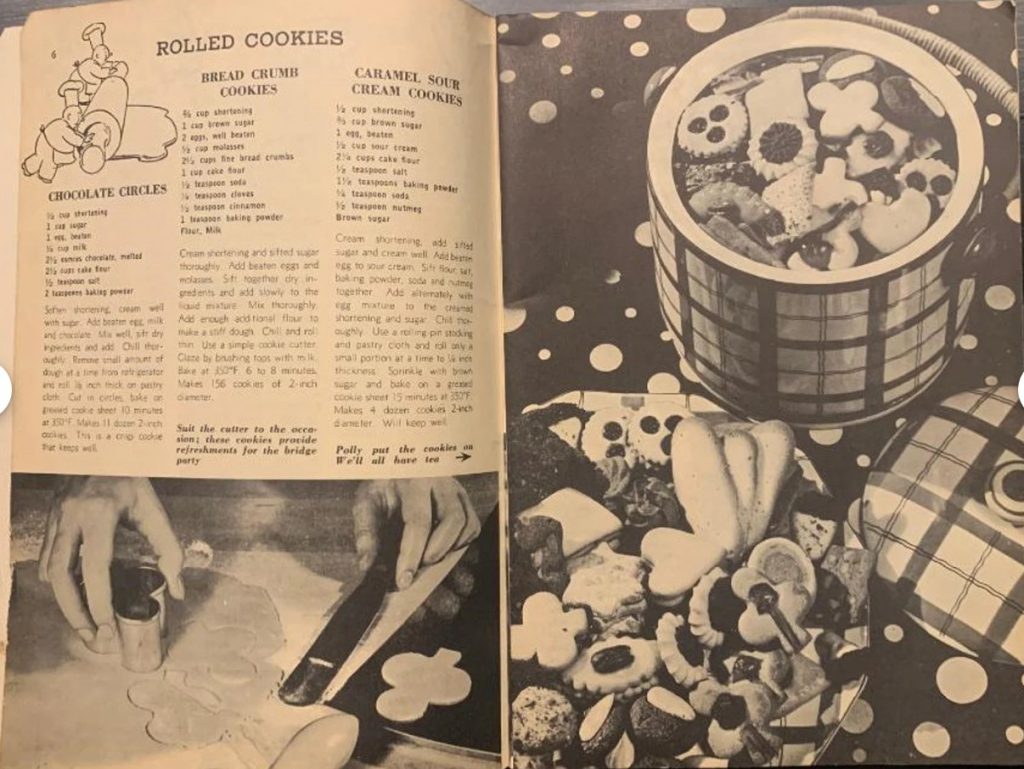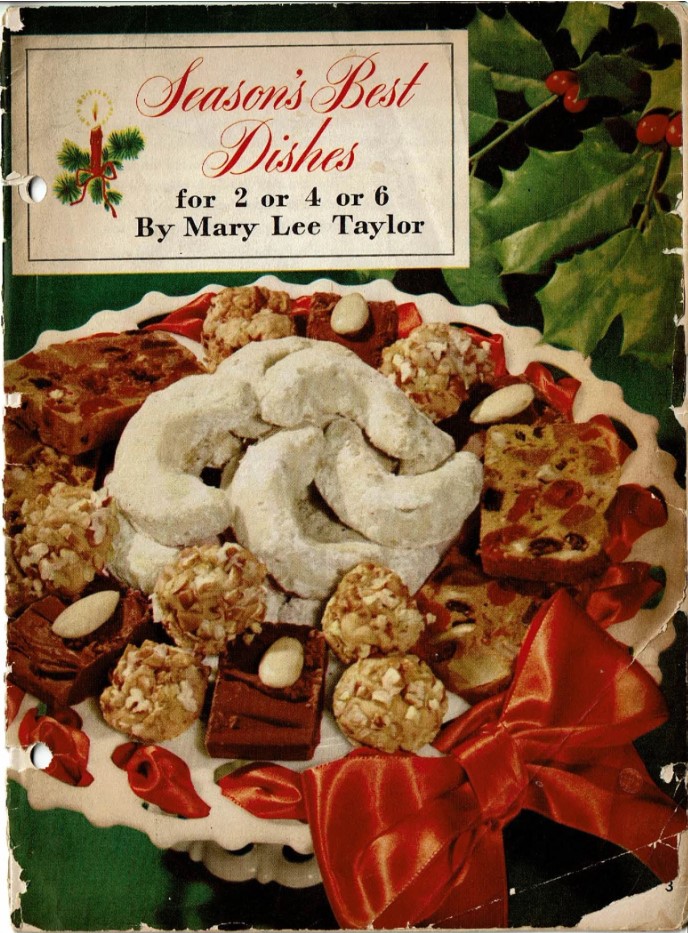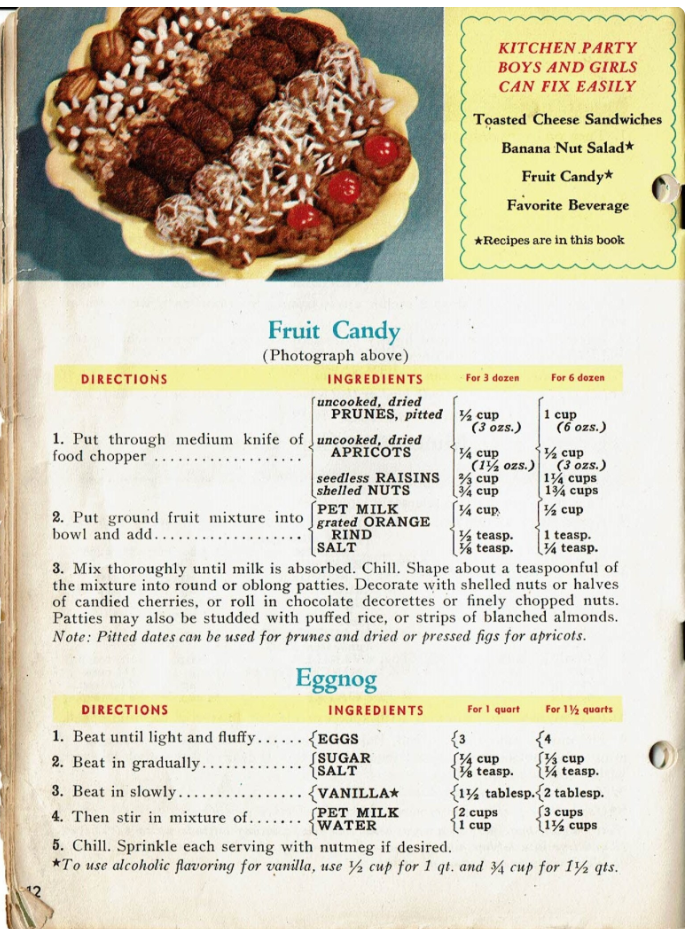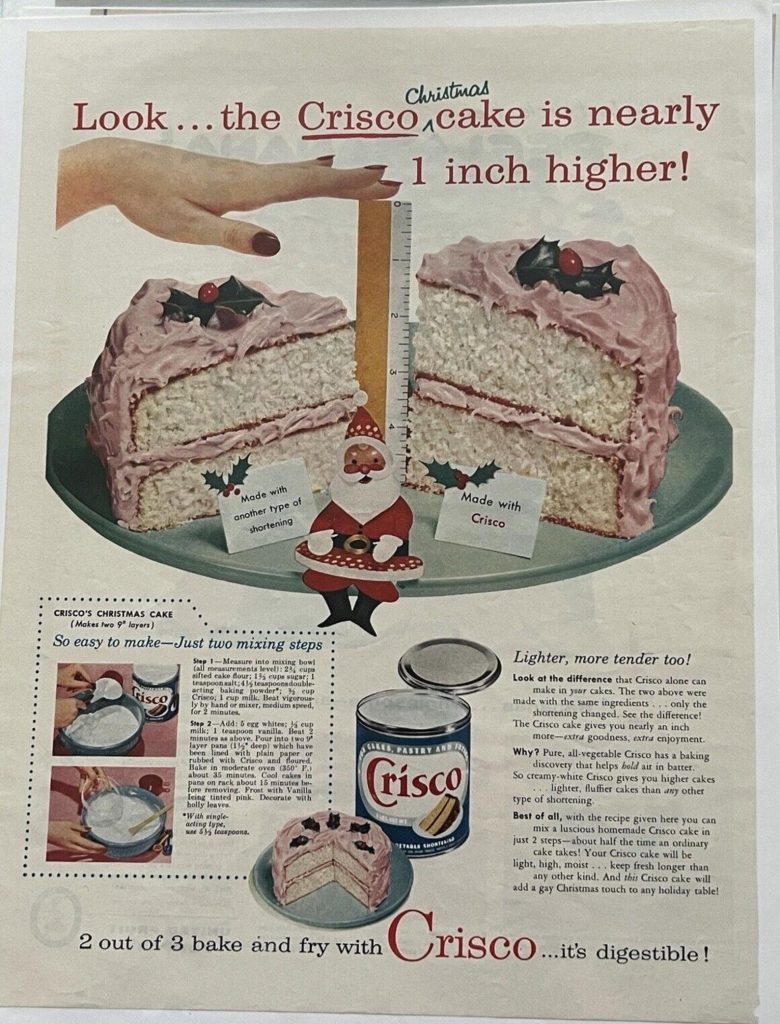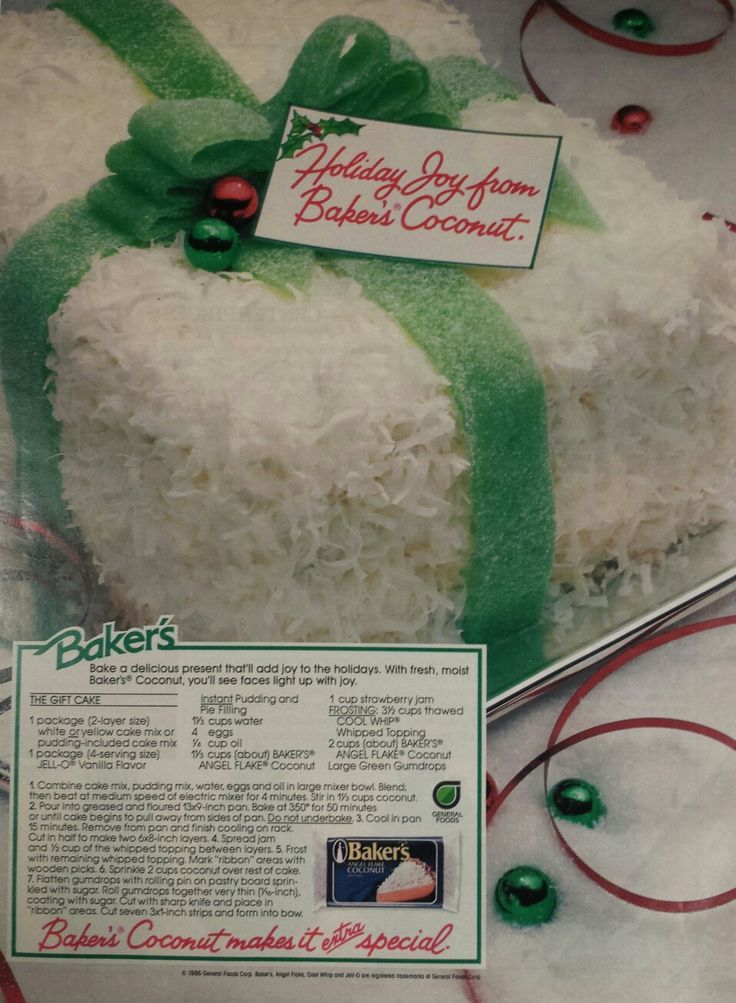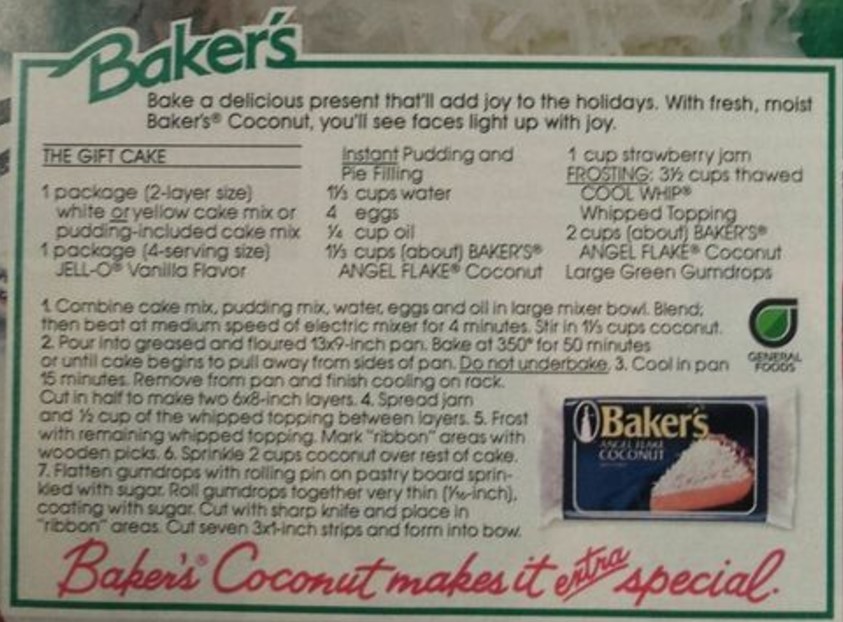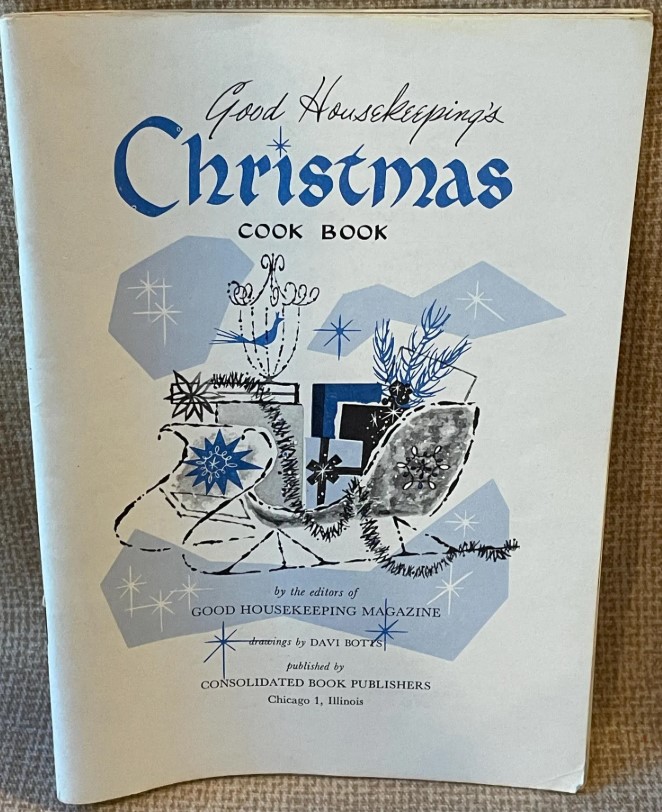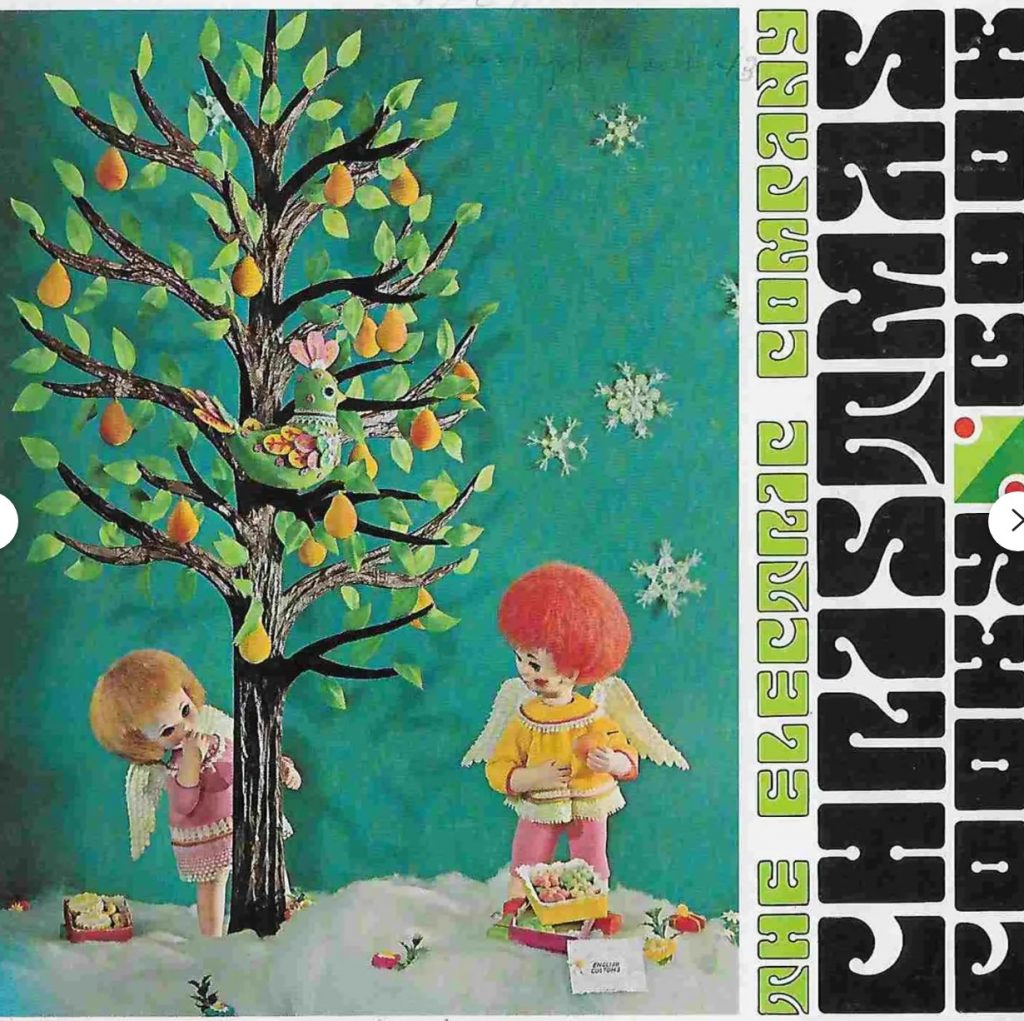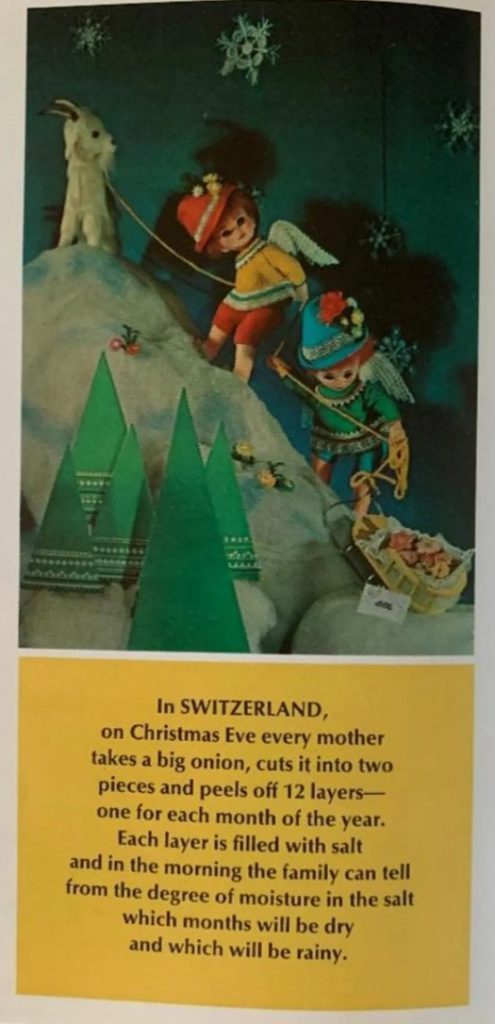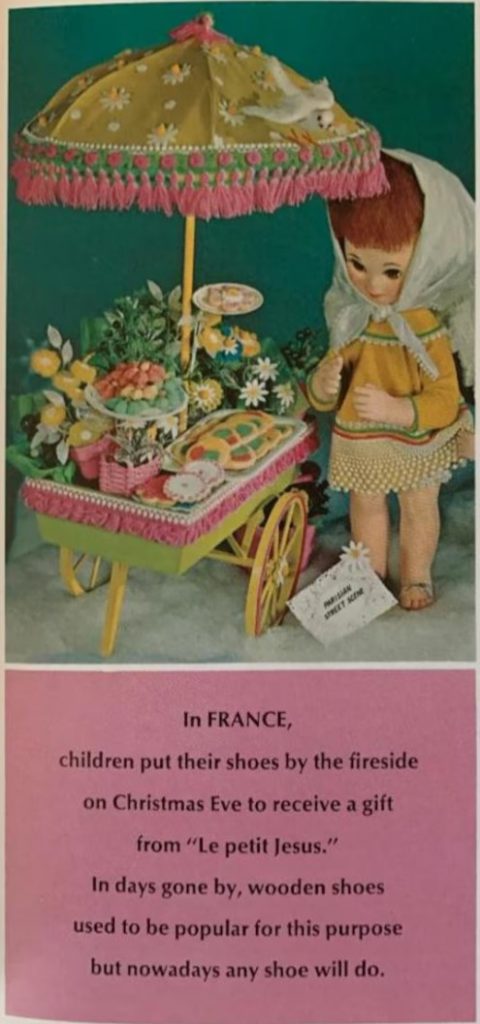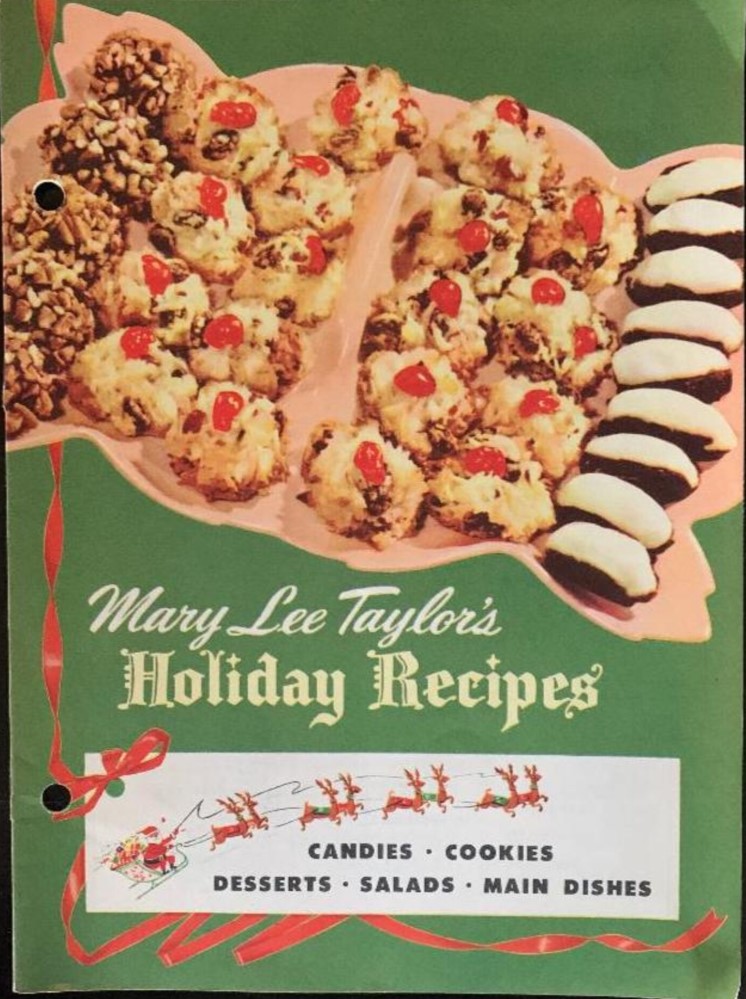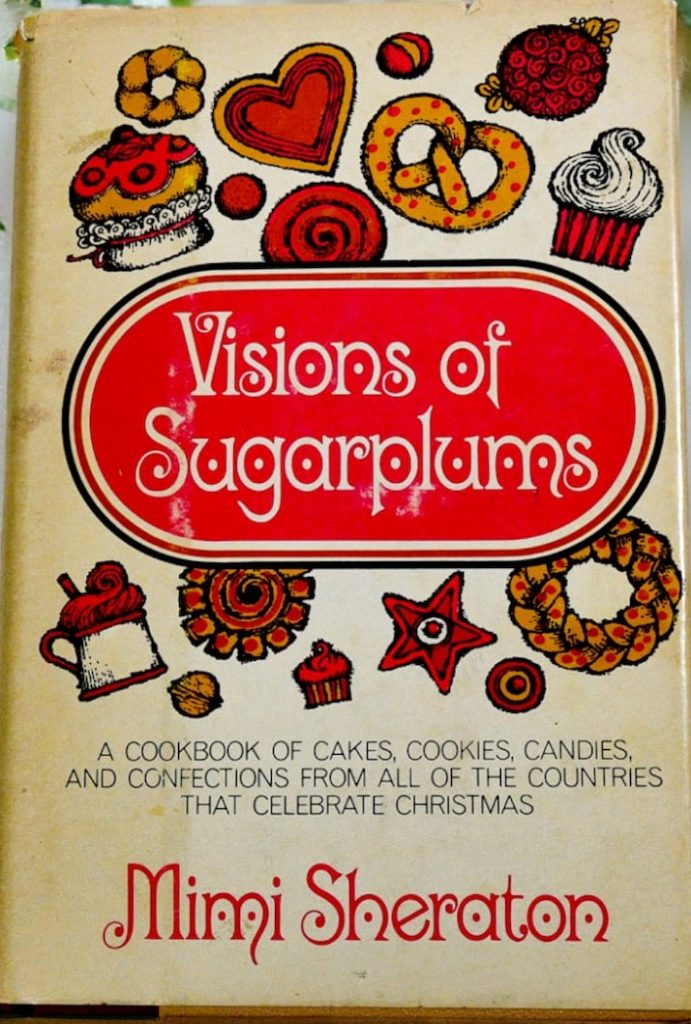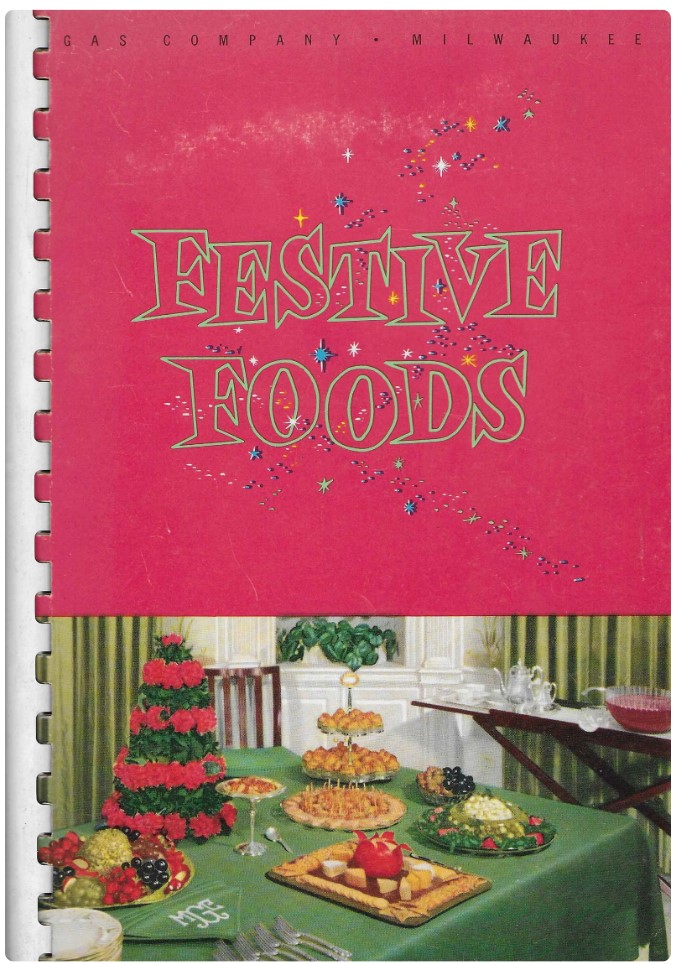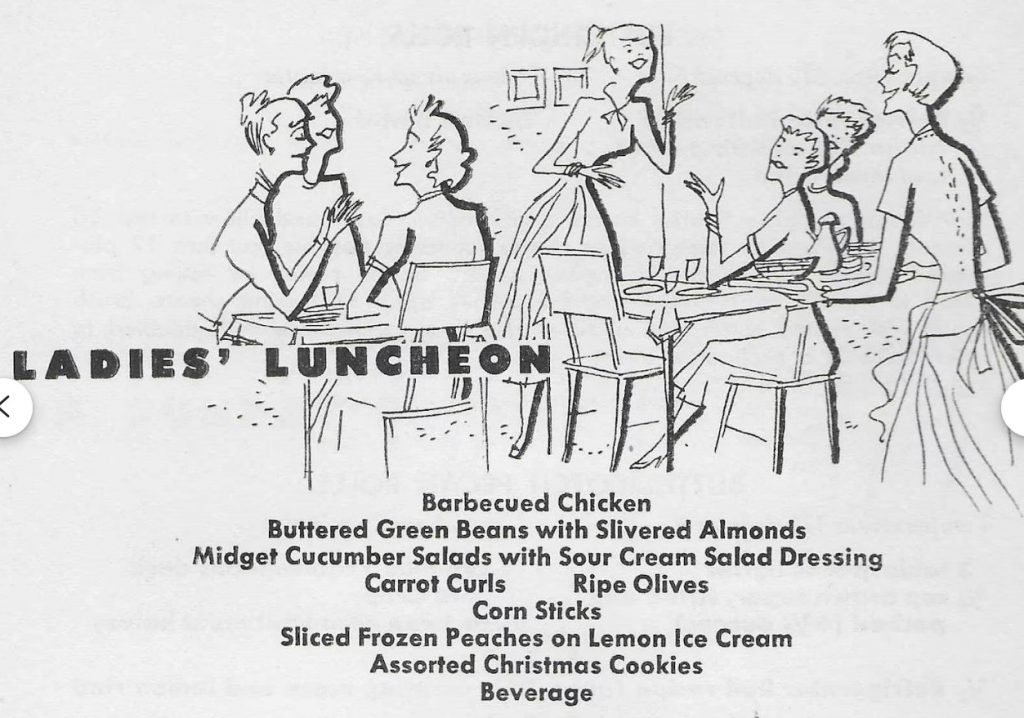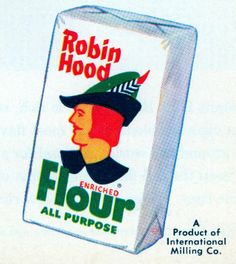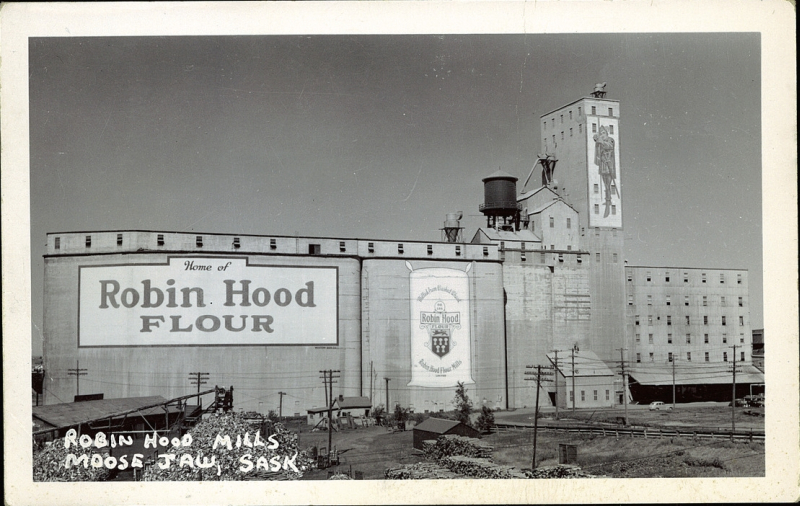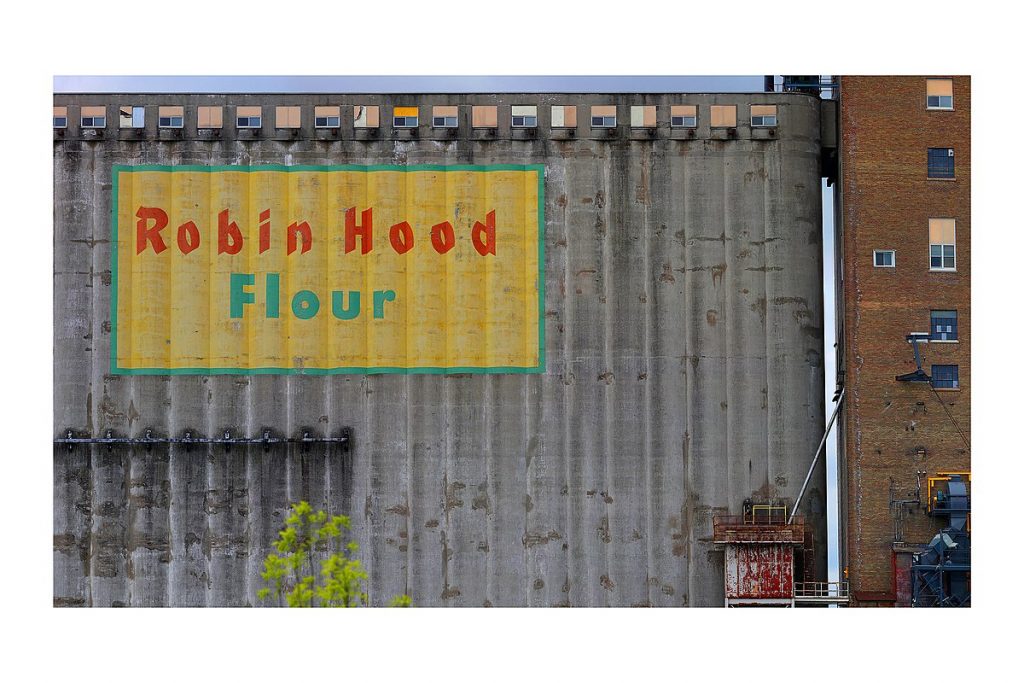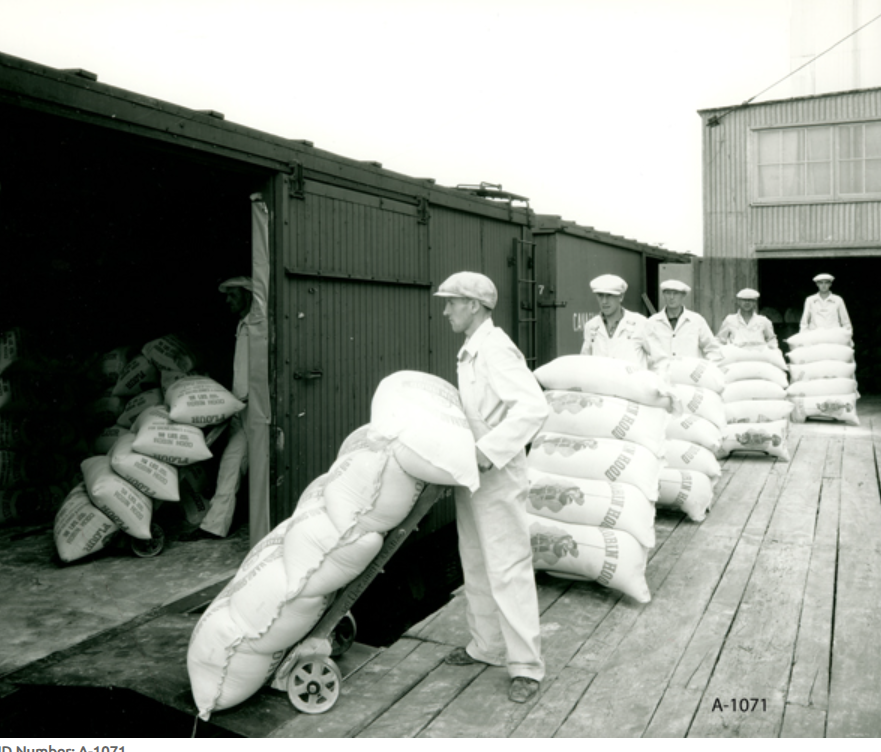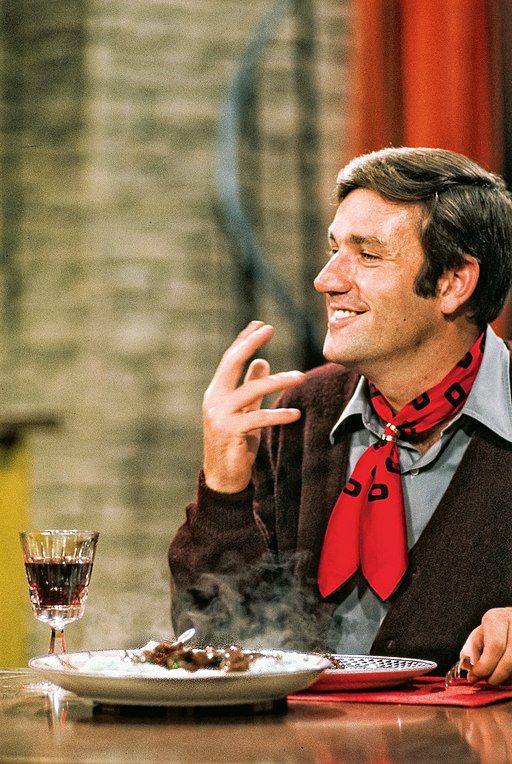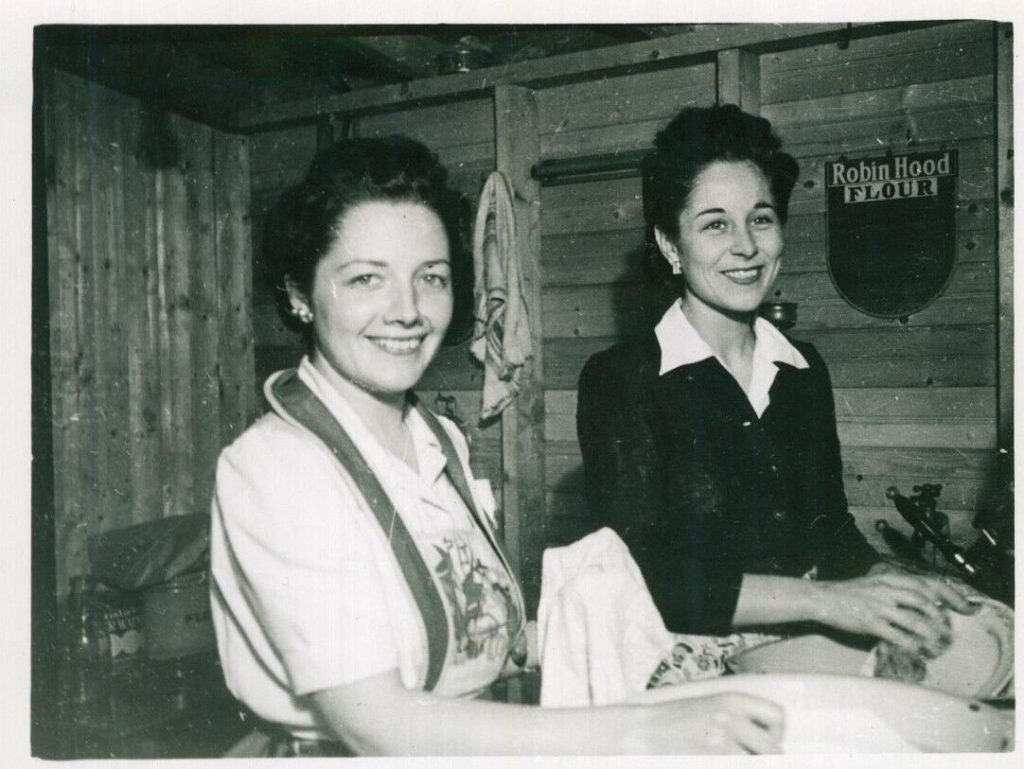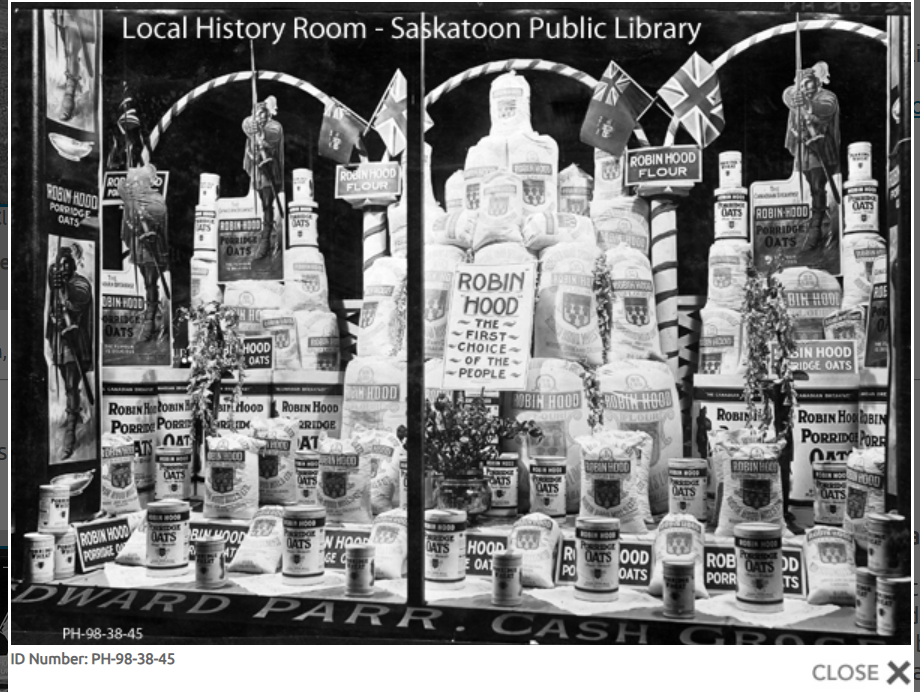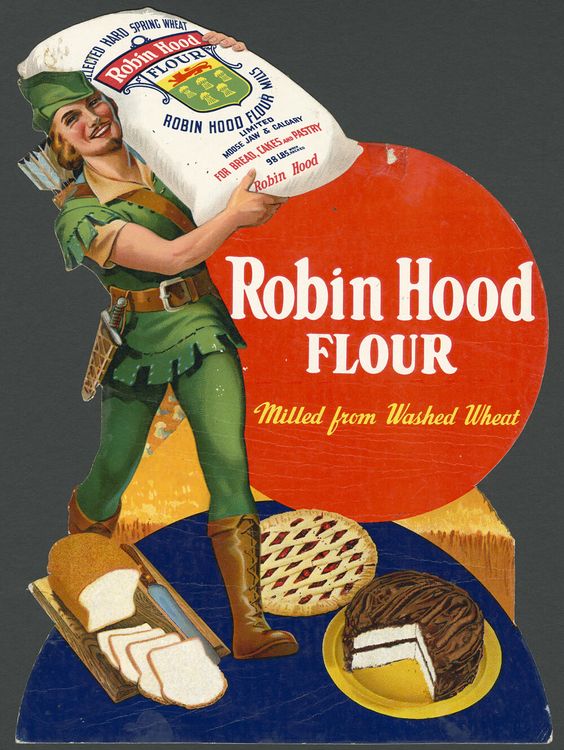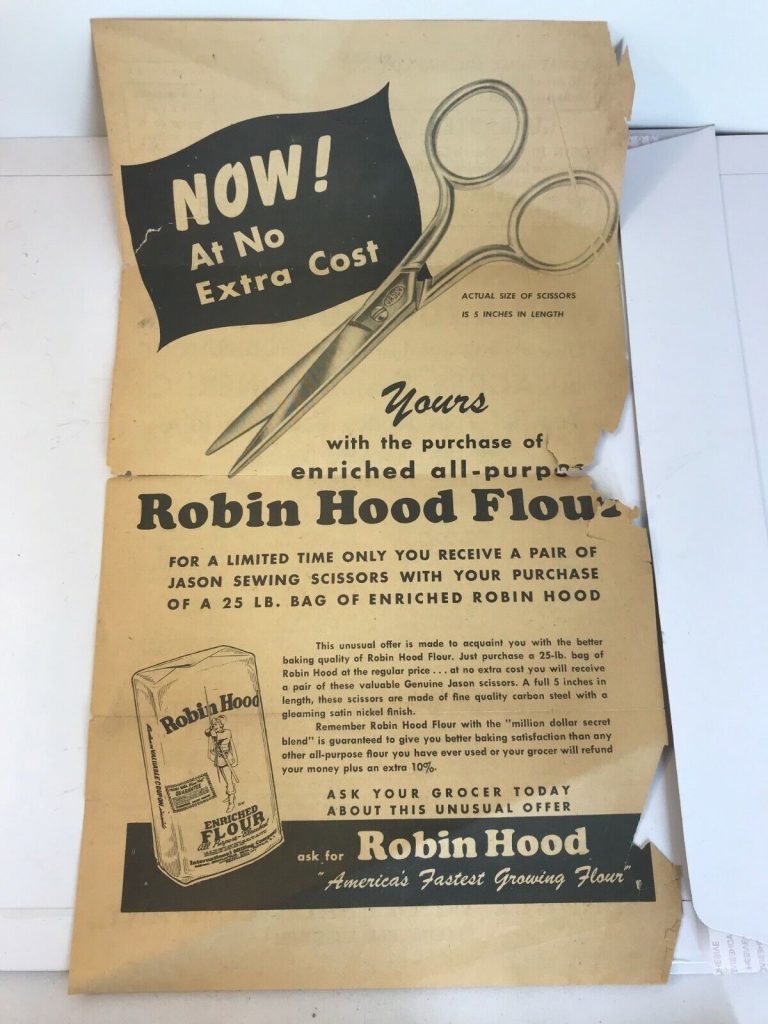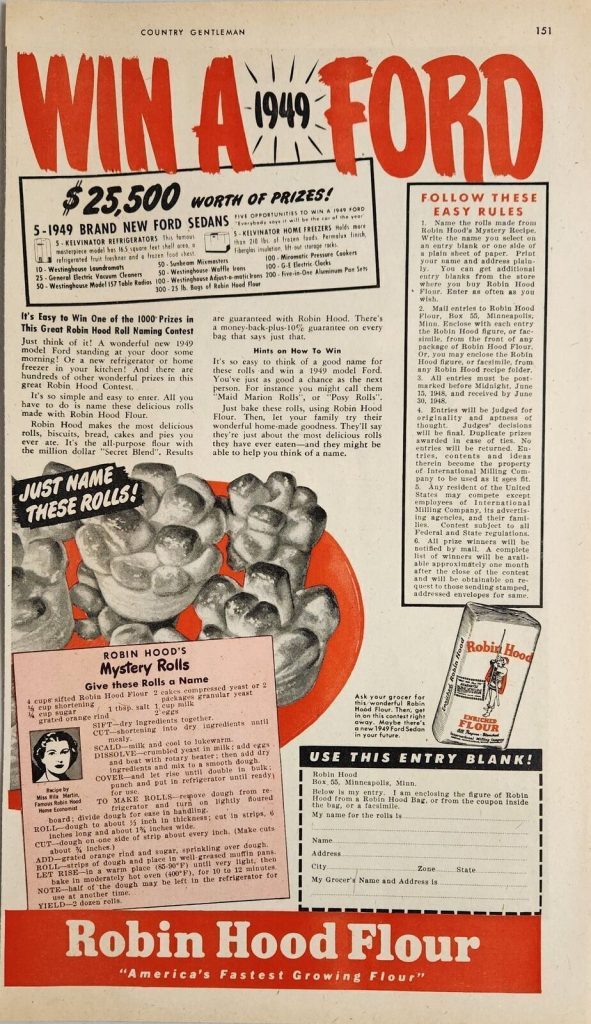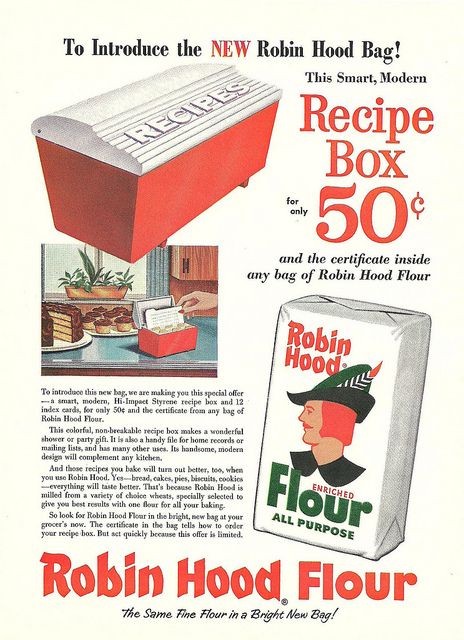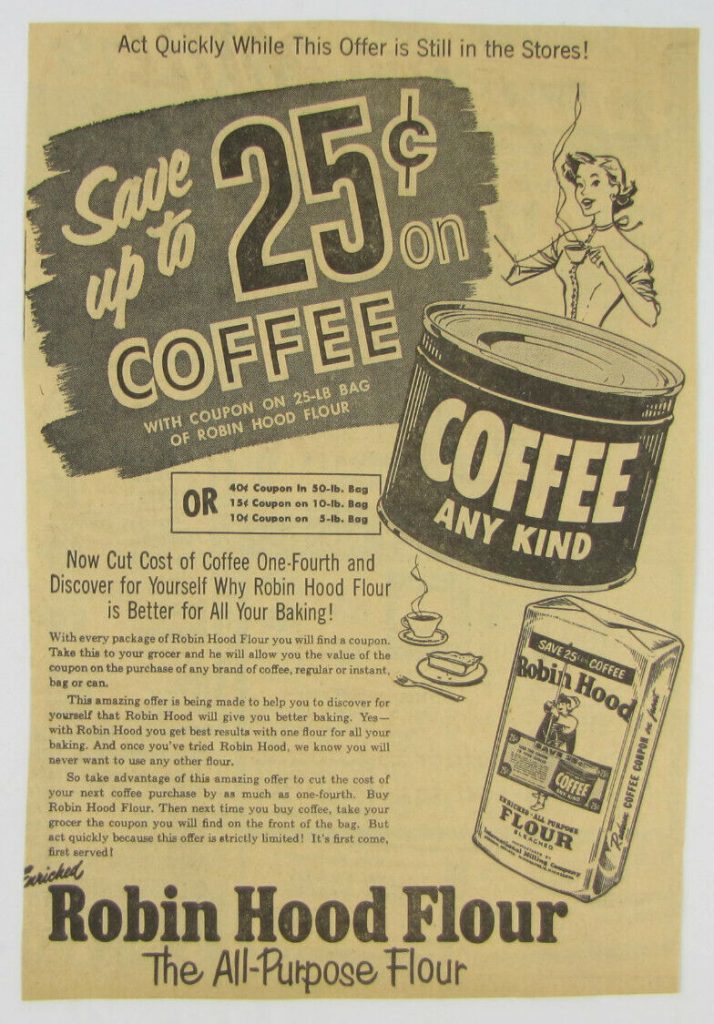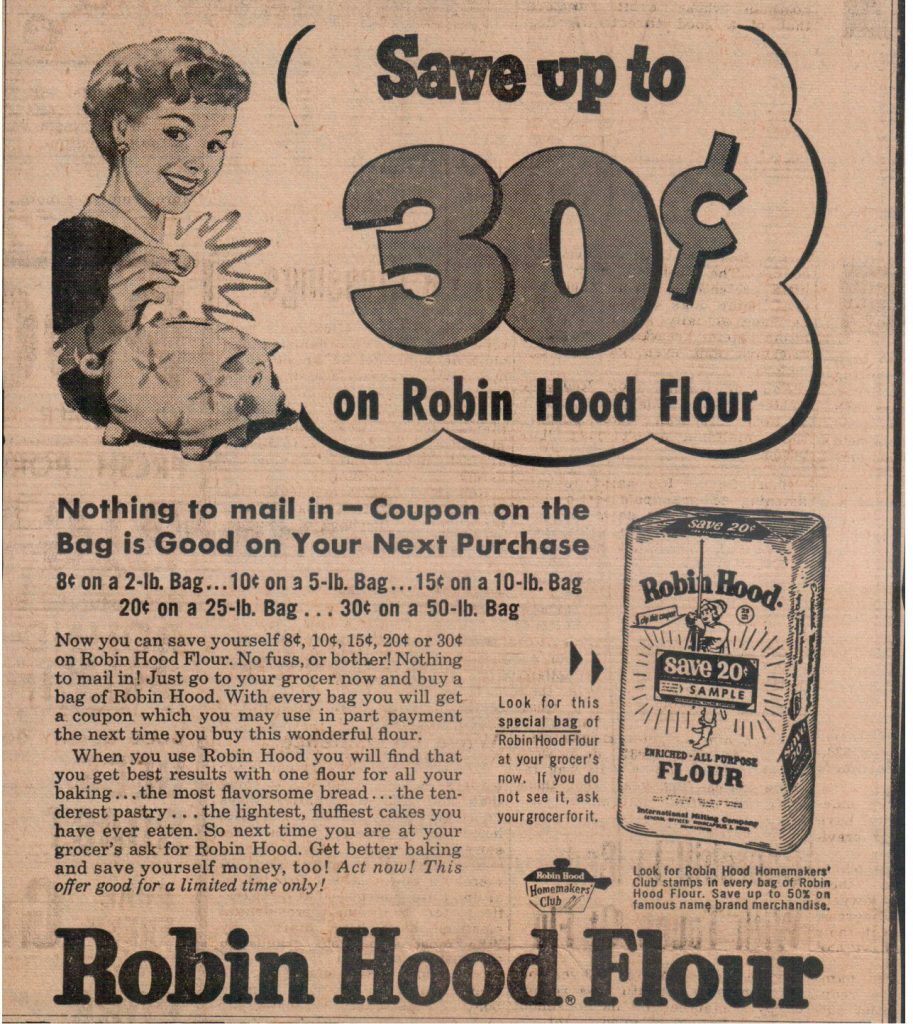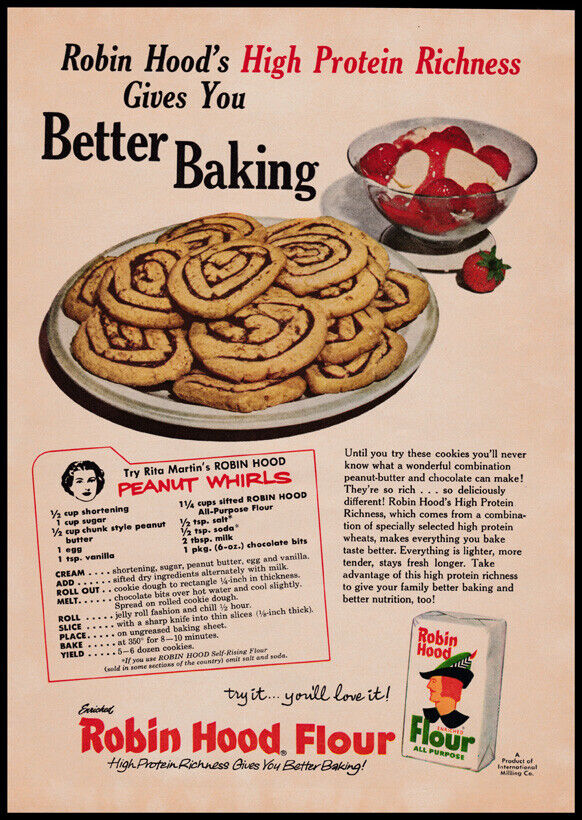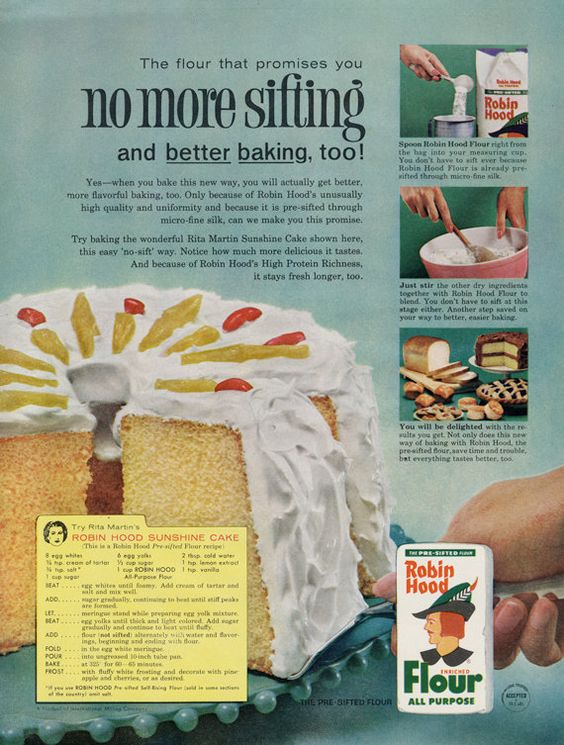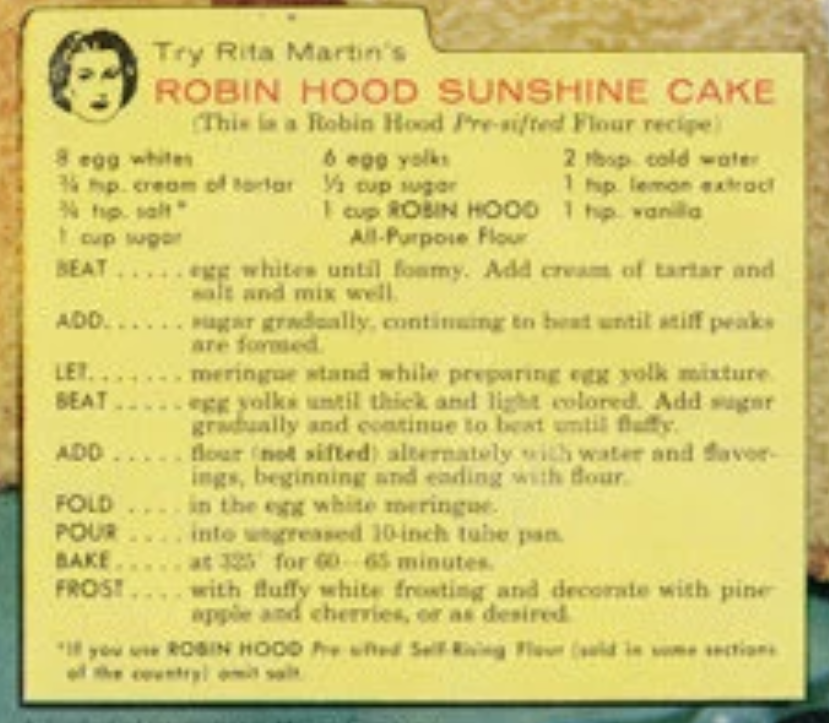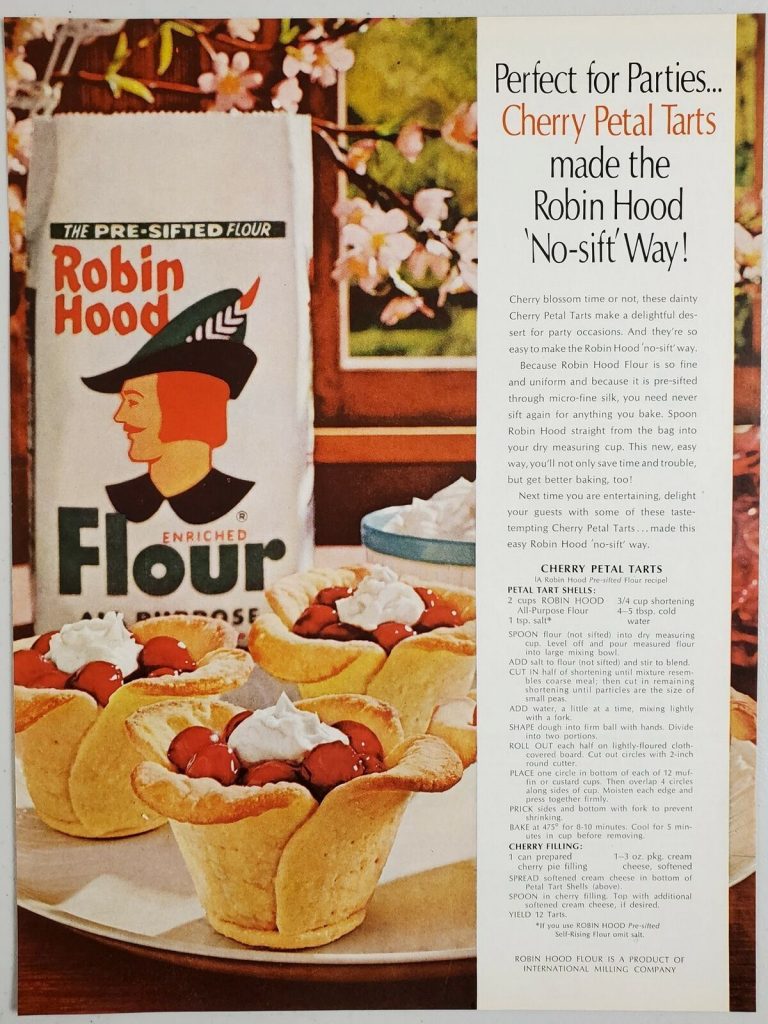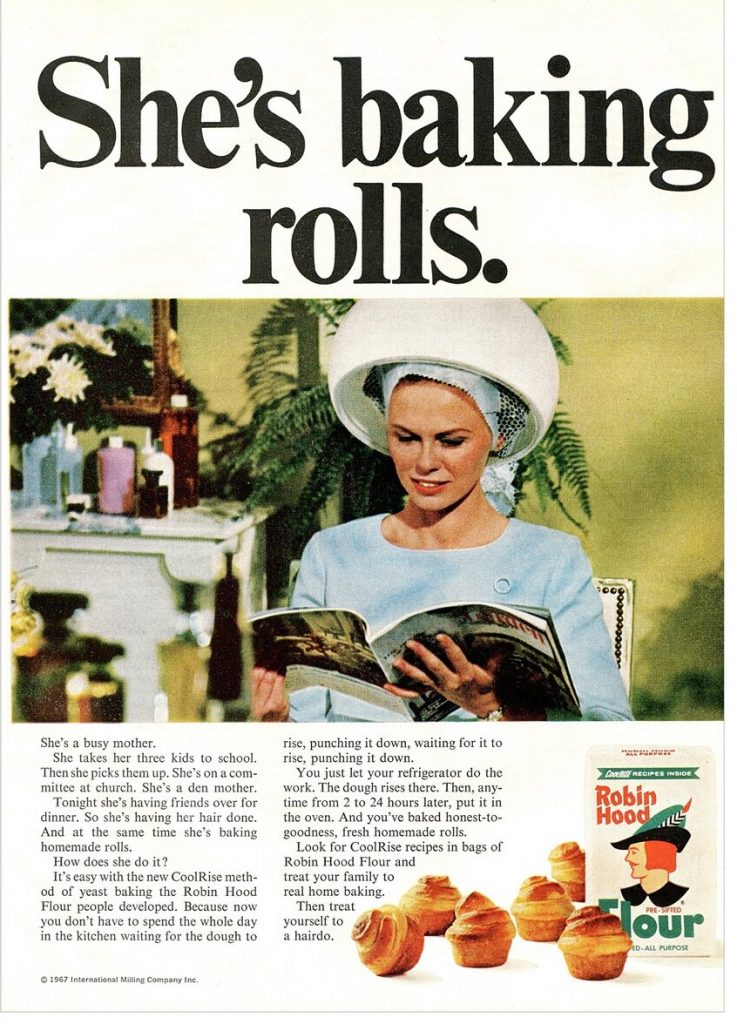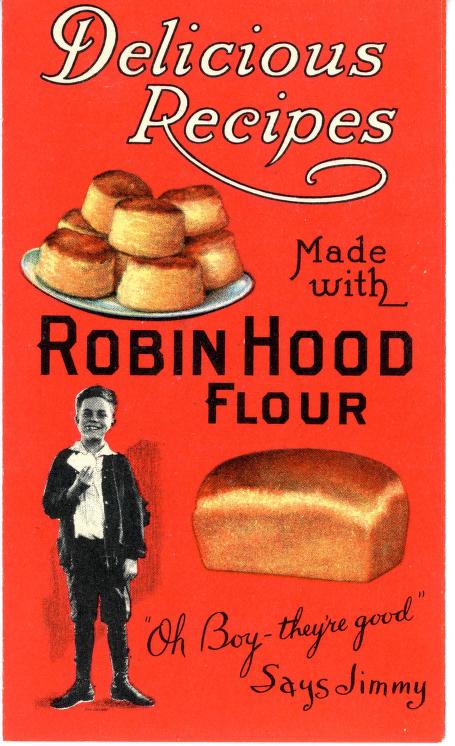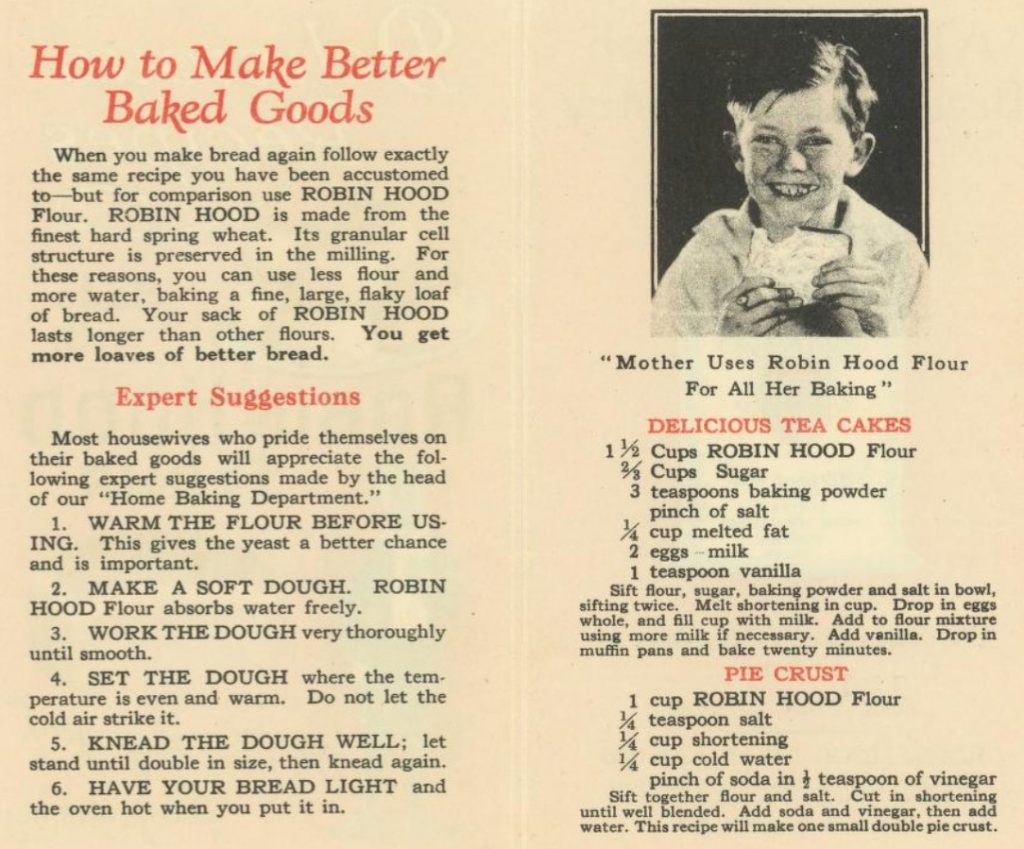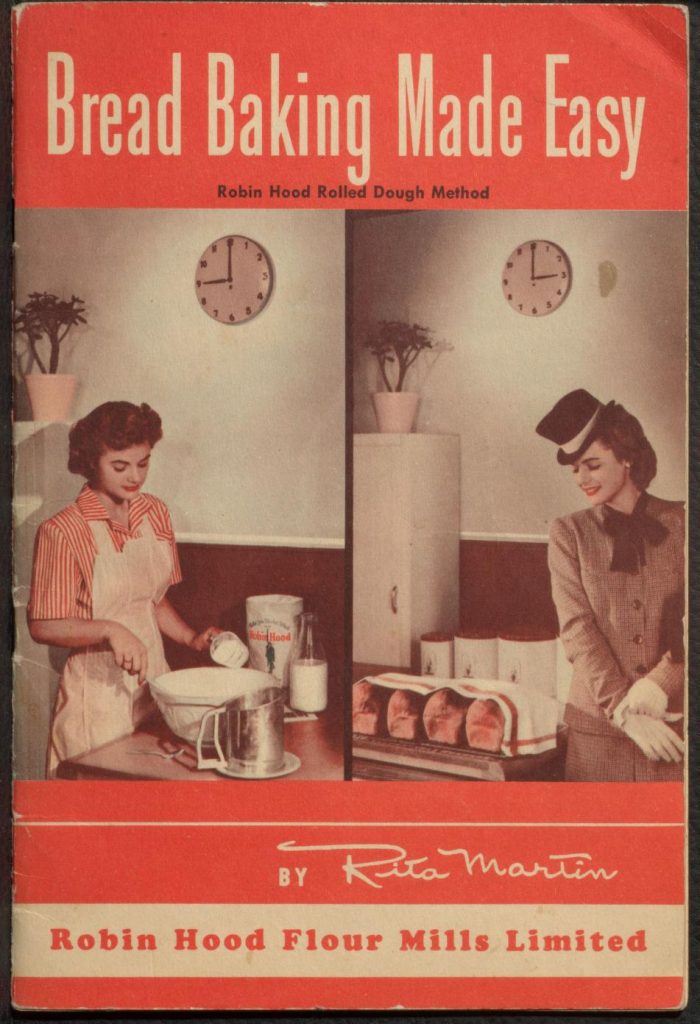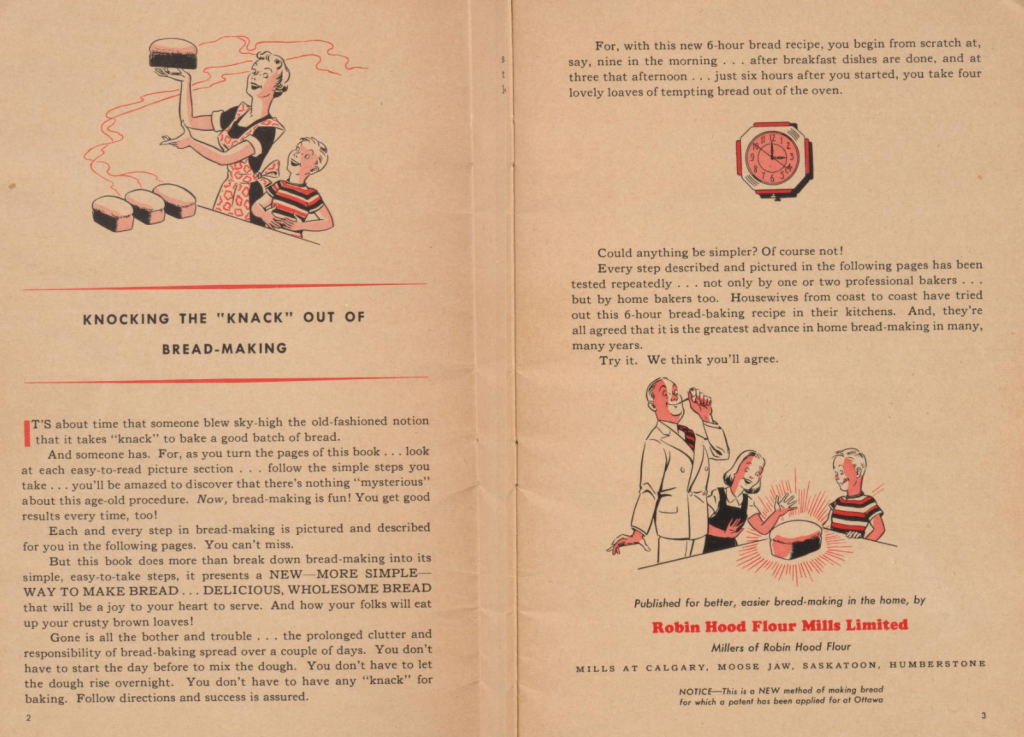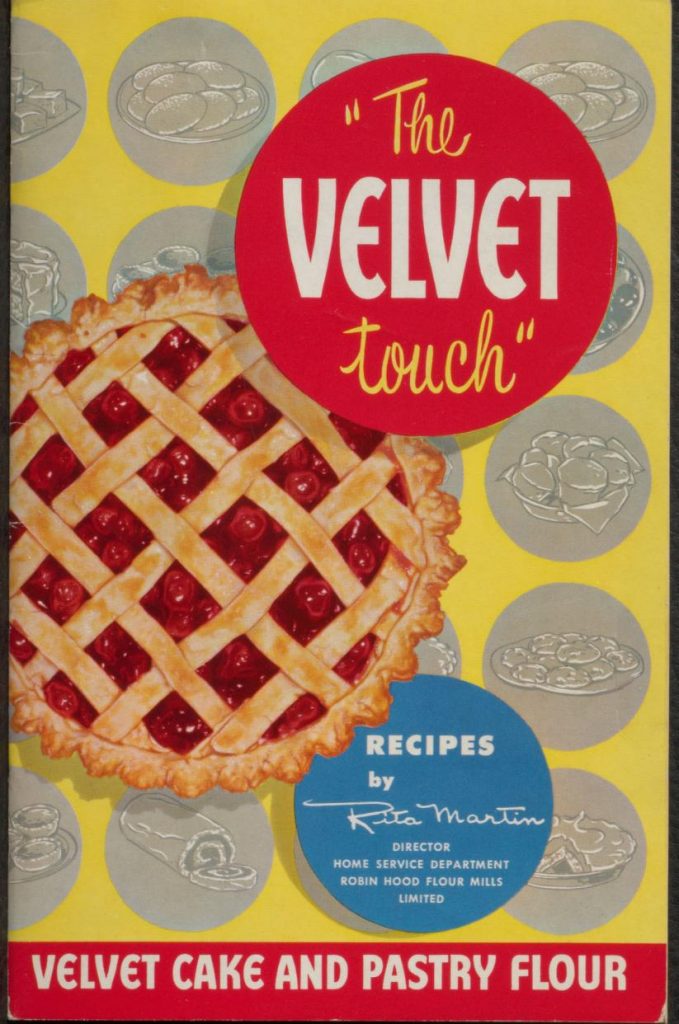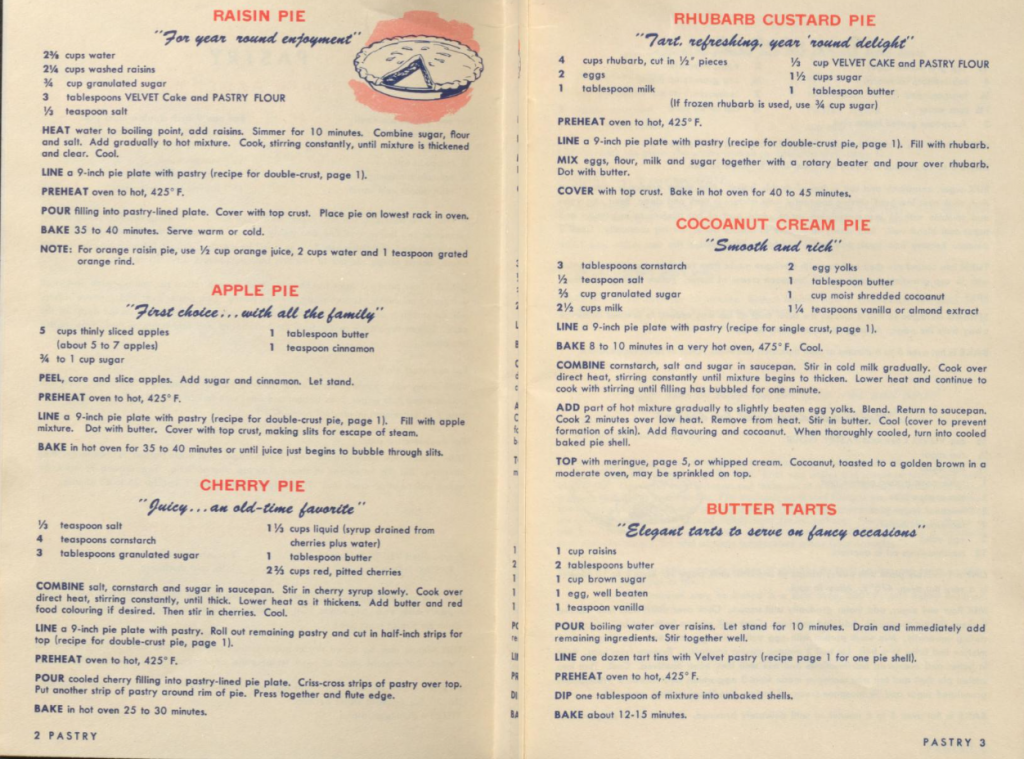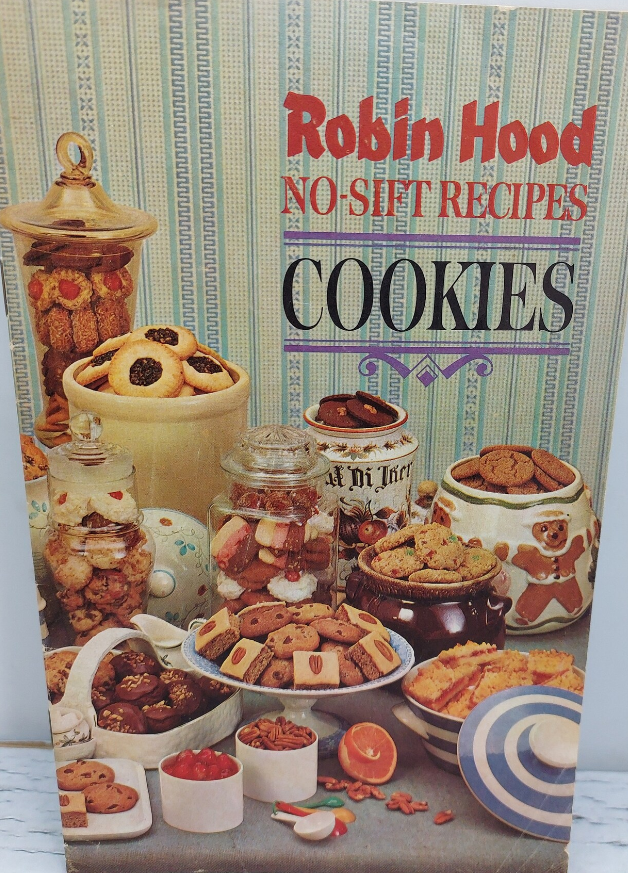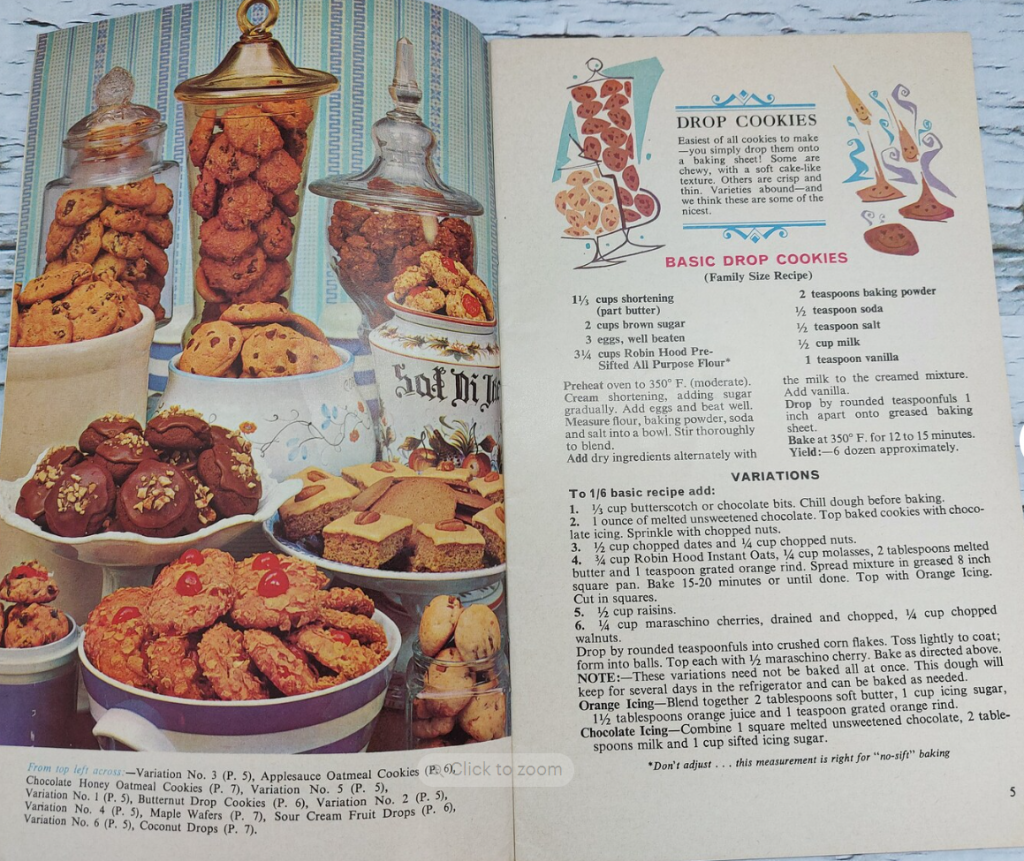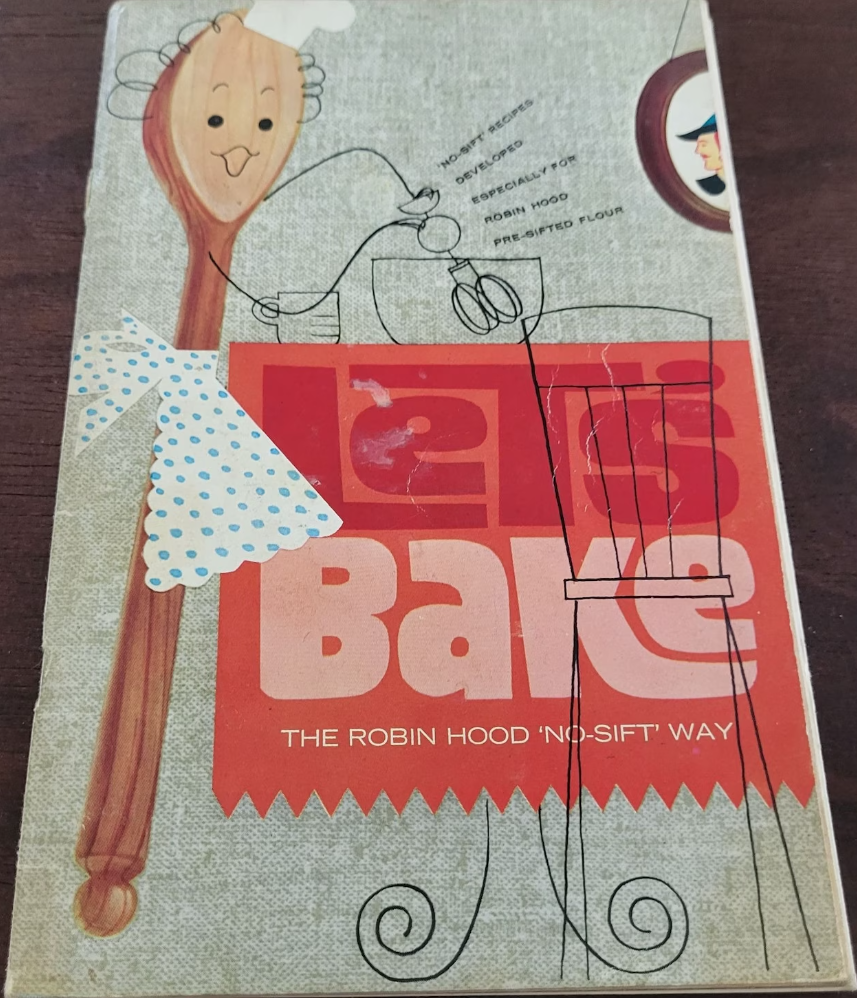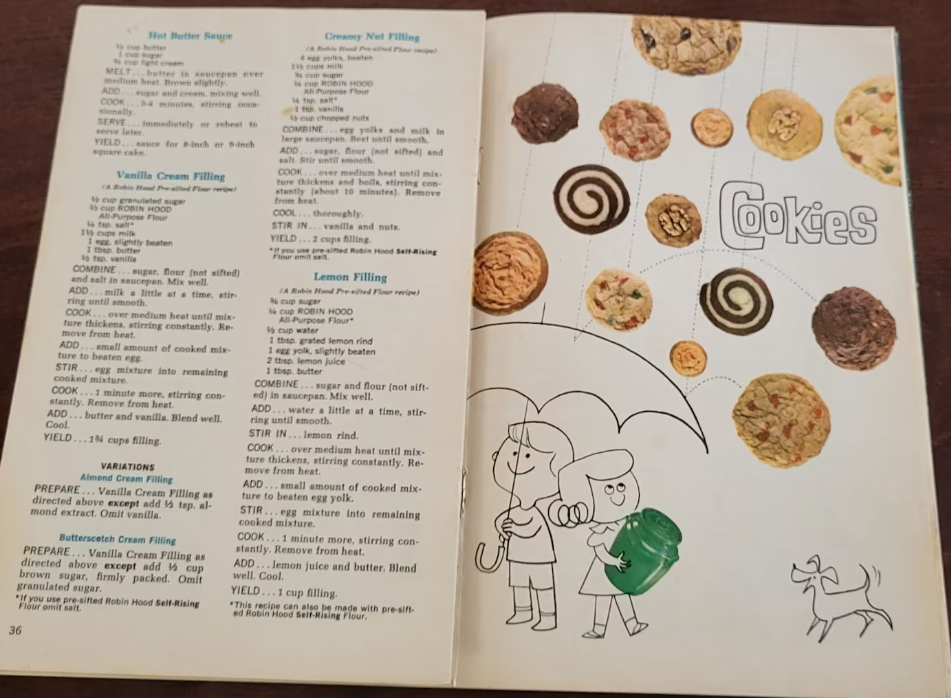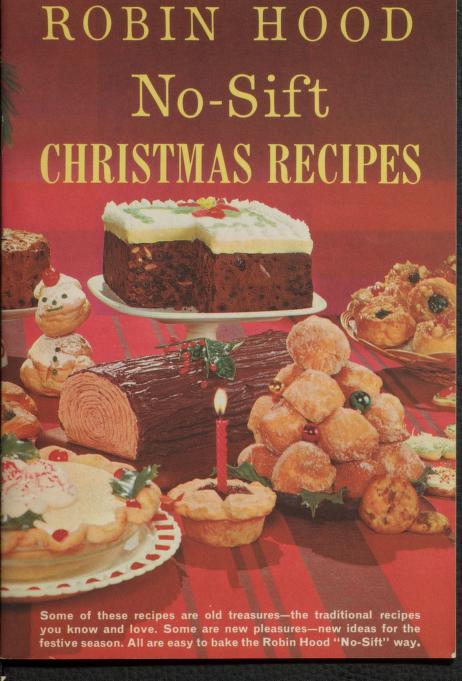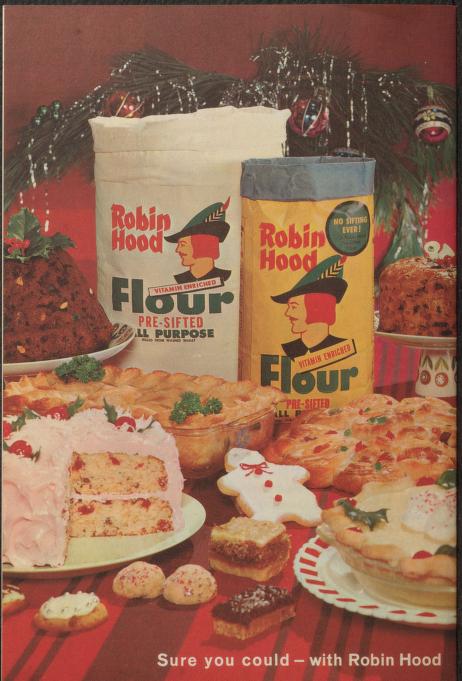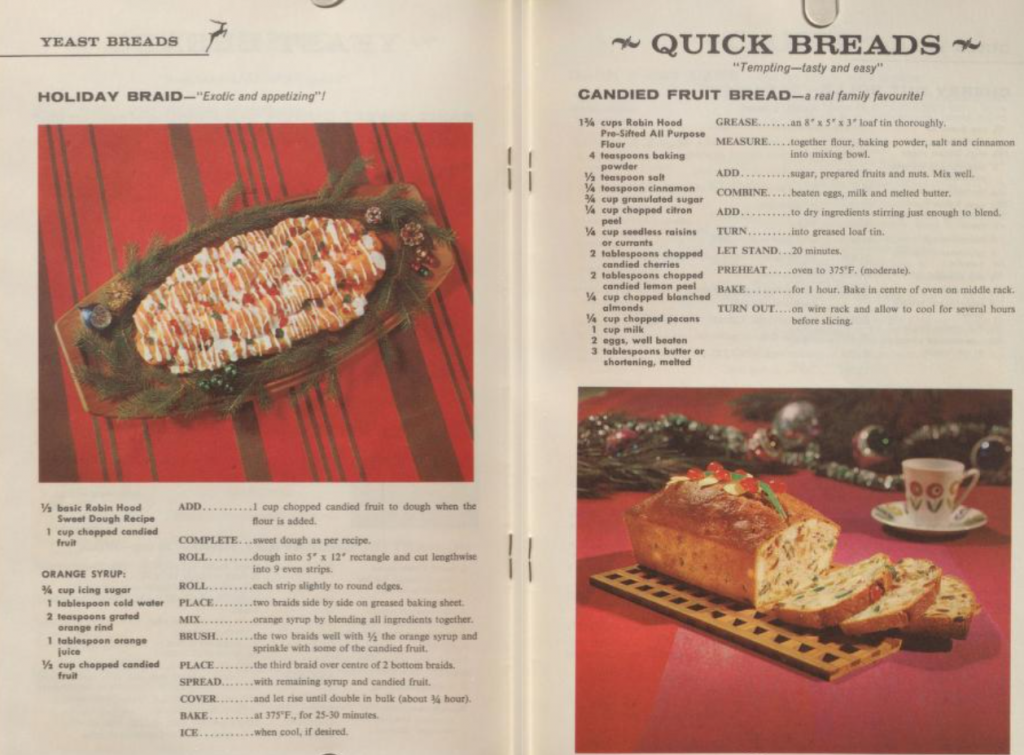It’s officially the festive season, and that means Christmas baking! While I’m not much of a baker myself (trust me, no one needs that kind of chaos, lol!), I absolutely love sampling the creations of others. Plus, I can’t get enough of flipping through mid-century cookbooks for their charming vintage recipes and stunning illustrations / photos.
Now back in 2020, I shared a part 1 post on this topic (check it out below), and now feels like the perfect time for an update with even more delightful vintage Christmas baking ideas.
Let’s begin!
Further Reading: Vintage Christmas Baking Ideas from the 1950s
Christmas Cookies (Christmas 1955) Home Service Bureau: Suggestions for Making and Decorating Christmas Cookies, Breads, Fruit Cakes and Plum Puddings by the Wisconsin Electric Power Company (Source).
Disclosure: Some of the links on my blog from Etsy are Affiliate Links, meaning, at no additional cost to you, I will earn a commission if you click through and make a purchase.
Note: If the item you click on is no longer available, don’t fret! Etsy has loads of vintage items that might just catch your eye. Just do some searching. Happy shopping!
Vintage Christmas / Holiday Baking Recipes 1940s-1960s
1955 “The Cookie Book – Culinary Arts Institute. 250 cookie & small cake recipes“(avail for purchase at time of posting).
Further Reading: Vintage Cookbooks from the 1940s & 1950s
Rolled Cookies-‘Chocolate Circles’, ‘Bread Crumb Cookies’ and ‘Caramel Sour Cream Cookies’/ YUM! Lots more inside of this baking cook book.
Source: Etsy-20thCenturyCool
“Season Best Dishes for 2 or 4 or 6 by Mary Lee Taylor“. 1940s vintage recipe book featuring Christmas baking, main dishes, beverages and more.
This vintage cookbook is available as an Instant Download PDF, so you can start baking & cooking today!
Here is a sample of what is inside, a vintage recipe for Eggnog and Fruit Candy.
Source: Etsy-SimpleSparrows
1950s Crisco Christmas Cake (Pink Cake) vintage advertisement. Recipe for the cake on the ad (“Just two easy mixing steps”).
Further Reading: Vintage Cooking Recipes as seen in Vintage Ads from the 1930s-1950s
Source: Etsy-BrandJunkinNew
1950s vintage advertisement for Baker’s Coconut featuring a fun recipe for “The Gift Cake” (see next image).
Recipe for “The Gift Cake”-Bake a delicious present that’ll add joy to the holidays. With fresh, moist Baker’s Coconut, you’ll see faces light up with joy (also featuring Jell-0).
Would you make this? Sounds good!
1958 edition of Good Housekeeping Christmas Cook Book featuring LOTS of festive baking / candy ideas and so much more (avail for purchase at time of posting).
“Christmas Creations Cookies”. Vintage baking recipes for creations like ‘Lemon Bonbons’, ‘Goody Gumdrops’, ‘Peanut Puffs’ and ‘Walnut Butter Cookies’. YUMMY!
Source: Etsy-UStamp2
1967 – Soft cover – Wisconsin Electric Power Co. “Christmas Cooky Book” featuring 40 pages of fantastic Mid-Century baking recipes.
Note: The images posted on the Etsy listing are INCREDIBLE! Go and check it out while it is still live.
Inside of the cook book they have iamges of dolls acting out Christmas traditions from around the world, like in Switzerland and France.
Source: Etsy-20thCenturyCool
Mary Lee Taylor’s ‘Holiday Recipes’ for candies, cookies, desserts, salads and main dishes. 1950s recipe book (Mary cooked a few cook books it seems).
Fruit Cake..love it or leave it? (I’m a leave it). Now if you love it, this cook book has a recipe for a ‘Quick Fruit Cake’ that you can whip right up. It also features a “Happy New Year on a budget” menu.

Source: Etsy-20thCenturyCool
Visions of Sugarplums – Cakes, Cookies, and Candies 1968, recipe baking book By Mimi Sheraton. The book offers Christmas baking recipes from all the countries that celebrate the holiday.
Source: Etsy-VintagePennyLane
1950s Swift’nings Merriest Christmas Cookies Recipe leaflet (can be purchased as a PDF file today).
The Swift’nings Merriest Christmas Cookies was a recipe leaflet included with the Swift’ning Shortening.
The main cookie recipe is basically a sugar cookie. There are some illustrations how to create the finished cookie decorations of Santas, Christmas Trees, Christmas Stockings, and a Star and the written directions to create them are quite detailed. There are suggestions of how to use the cookies as tree ornaments but also as holiday gifts as well.
Source: Etsy-HomeEcHangout
To end this post, I just had to share this fantastic Mid Century 1960’s cookbook from the ladies at the Gas Company – Milwaukee (mentioned in the first image in this post). It features 96 pages of recipes and midcentury illustrations and contains recipes for all types of food & drink for the holiday entertaining (avail at time of posting). Some baking in the recipes.
Further Reading: Dig That Dish-The Coolest Vintage Recipe Book Around (this book has a similar format to this cook book I own).
‘Ladies Luncheon’ featuring a mid-century menu of…
- Barbecued Chicken
- Buttered Green Beans with Slivered Almonds
- Midget Cucumber Salads with Sour Cream Salad Dressing
- Carrot Curls, Ripe Olives, Corn Sticks
- Sliced Frozen Peaches on Lemon Ice Cream
- Assorted Christmas Cookies
- Beverages
Source: Etsy-20thCenturyCool
Do you love baking during the holiday season, or are you someone who simply enjoys indulging in the delicious treats made by others? Share your favorite holiday goodies or any special traditions and thoughts that make this season extra sweet in the comment section below!
Thanks for dropping by!
Still looking for the perfect Holiday / Christmas Gift? Visit the HOLIDAY HUB on Etsy! Everything to help you celebrate the season.
Further Reading:
Liz

